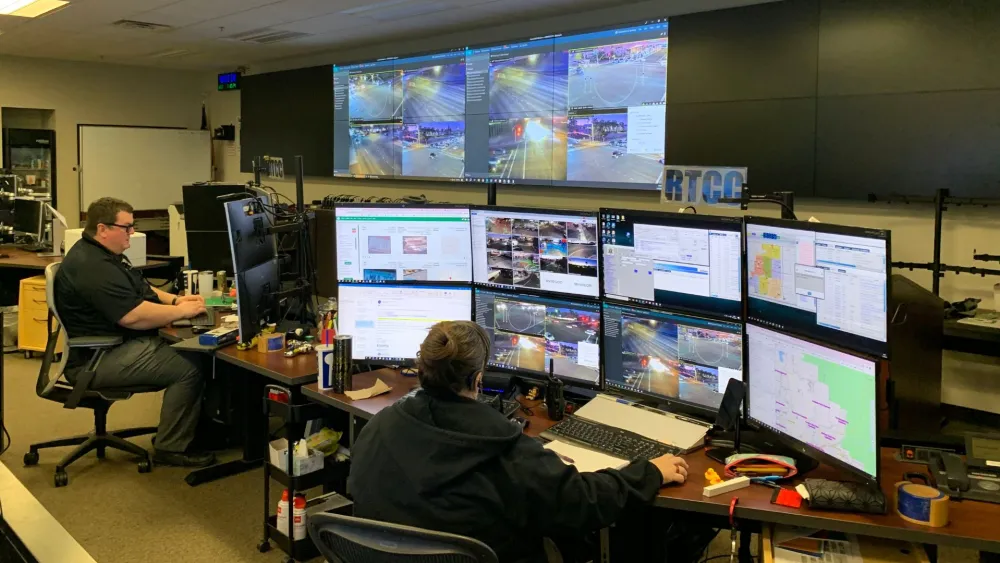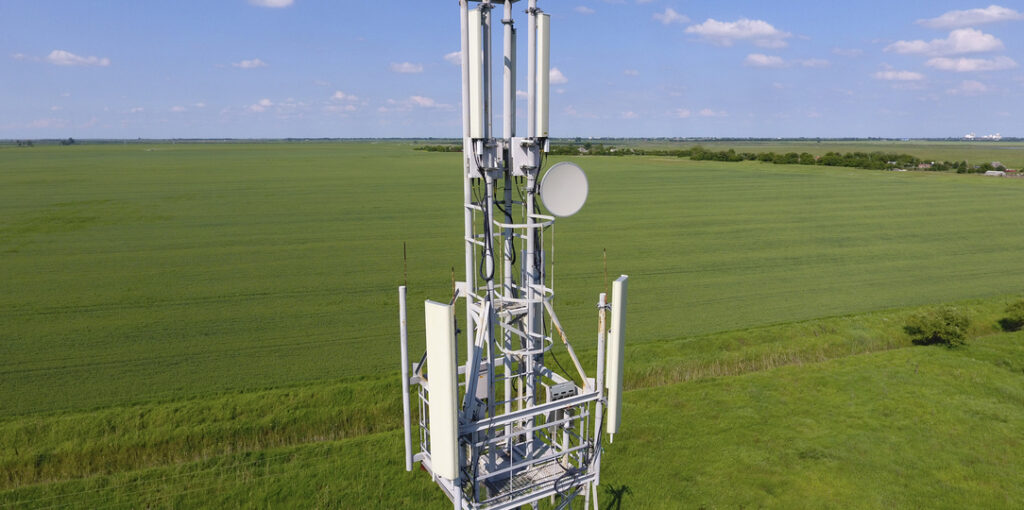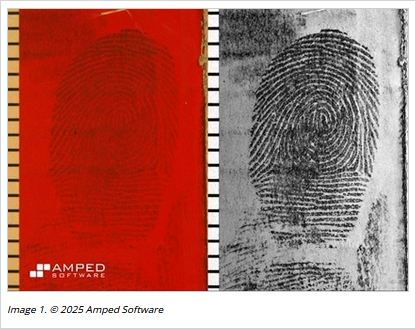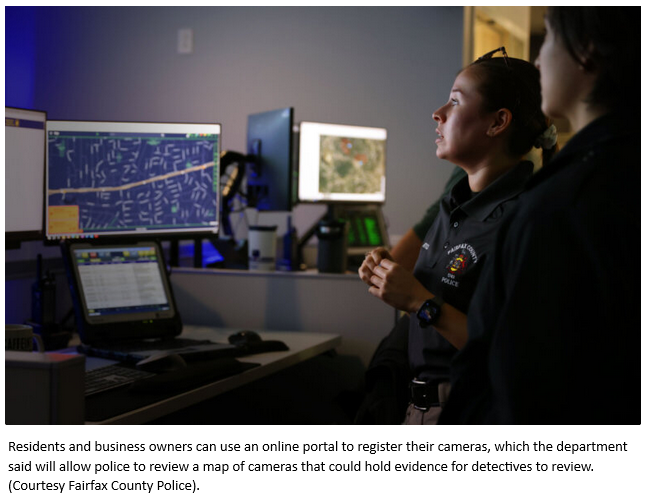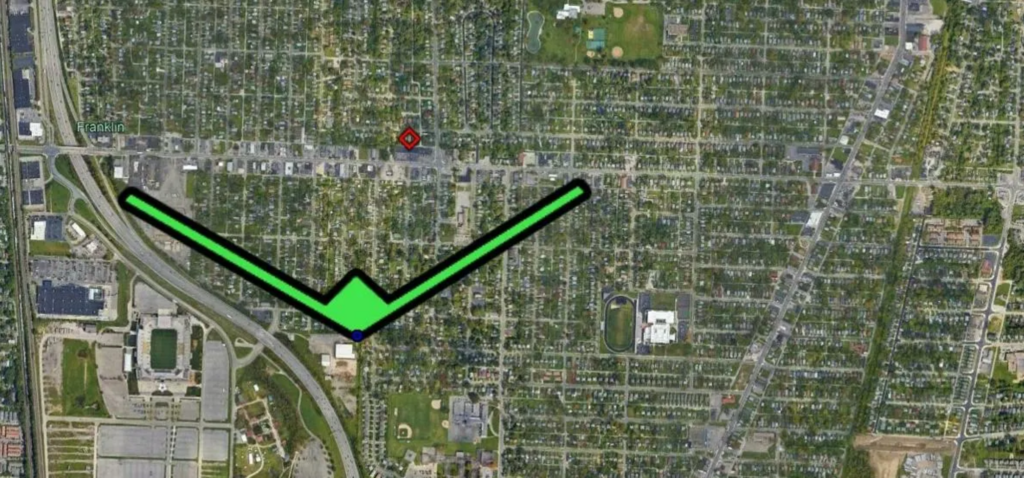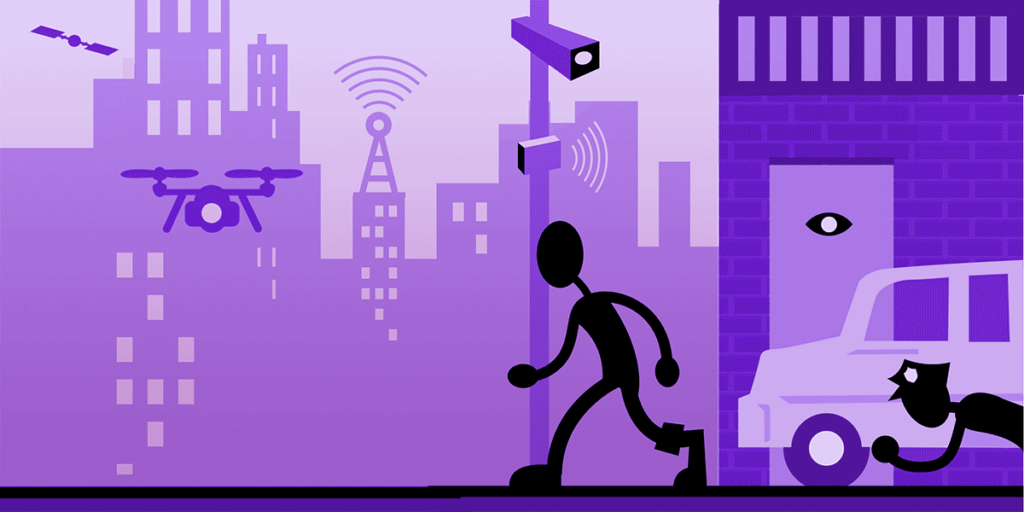When you make a call, send a text or use data on your phone, your cellular carrier is quietly recording it all. These records, known as Call Detail Records, or CDRs, create a digital trail that is invaluable in many investigations and legal cases.
While most people understand that smartphones contain personal data, few realize that cellular carriers maintain extensive records of our communications and movements—records that can be legally obtained and used as powerful evidence in courtrooms. And unlike the phone itself, which might be lost, damaged or wiped clean, these carrier records are systematically preserved, sometimes for years. […]
Read More… from ‘Super Phone Bills’ Can Prove You’re Lying In Court

